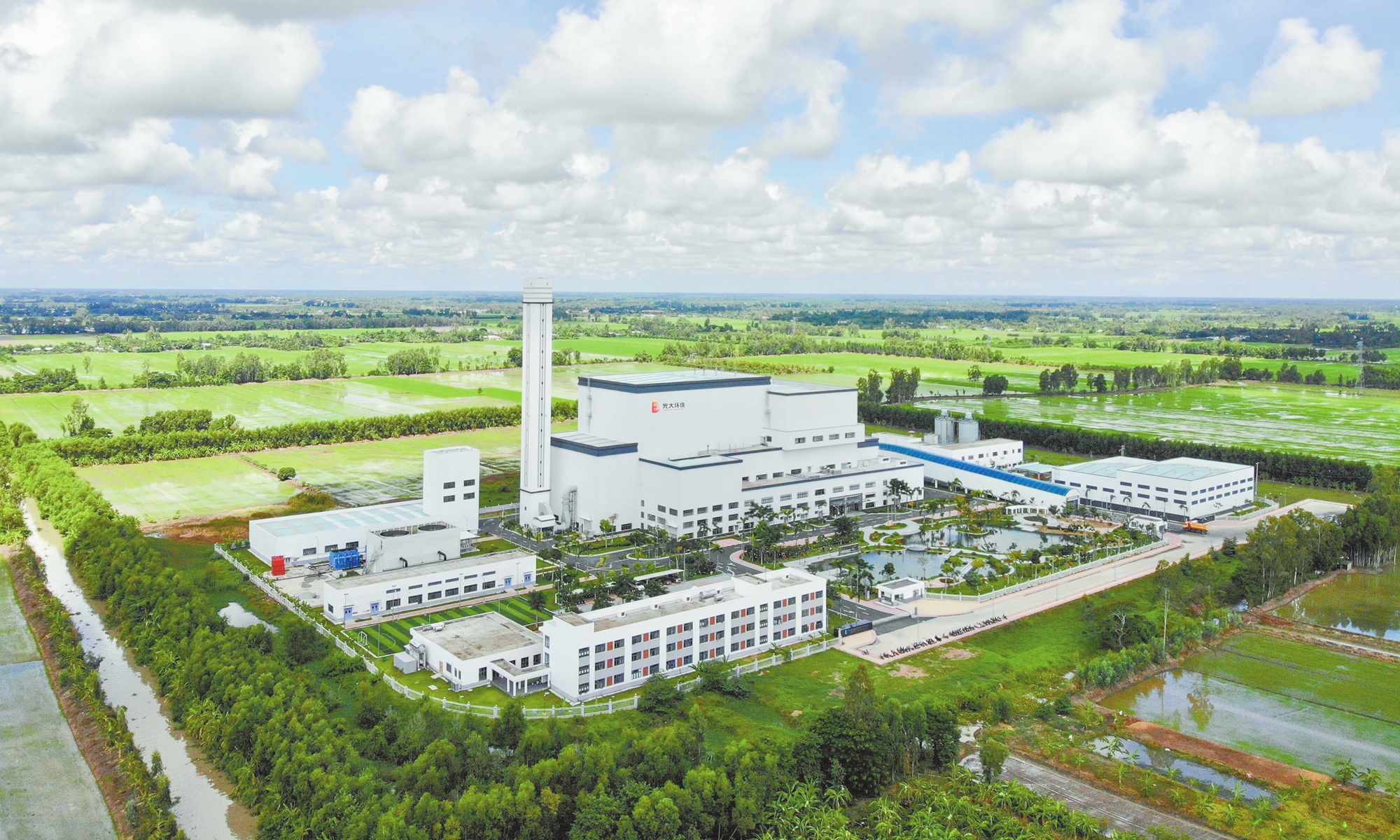China's Waste-to-Energy Revolution: Leading the Global Green Transition

For years, the growing problem of waste management has plagued nations worldwide. But in China, a remarkable transformation is underway. The mountains of refuse that once dominated cityscapes are vanishing, replaced by innovative waste treatment facilities. This shift has sparked a viral conversation on Sina Weibo, with the hashtag “China’s waste is running out” trending across the platform. But is China truly running out of waste, or is it simply managing it far more effectively?
The answer, it seems, lies in China's rapid advancement and deployment of cutting-edge waste treatment technologies. No longer content with traditional landfills, China is embracing a comprehensive approach that prioritizes resource recovery and energy generation. This includes sophisticated incineration plants, anaerobic digestion facilities, and advanced recycling processes.
Waste-to-Energy: A Key Strategy
Perhaps the most significant driver of this change is China’s aggressive push for waste-to-energy (WtE) solutions. These facilities don't just burn waste; they harness the heat generated to produce electricity and steam, reducing reliance on fossil fuels and mitigating greenhouse gas emissions. The scale of China’s WtE investment is staggering, with hundreds of plants already operational and many more planned. This isn't just about dealing with existing waste; it’s about proactively reducing the need for new landfills and creating a sustainable energy source.
Beyond Incineration: A Holistic Approach
While WtE is a cornerstone, China's strategy extends far beyond incineration. Significant investments are being made in:
- Advanced Recycling Technologies: Automated sorting systems, chemical recycling, and other innovative processes are improving the recovery of valuable materials from mixed waste streams.
- Anaerobic Digestion: Organic waste, such as food scraps and agricultural residues, is being converted into biogas, a renewable energy source, and nutrient-rich fertilizer.
- Landfill Mining: Old landfills are being excavated and remediated, recovering valuable materials and reducing environmental hazards.
Global Implications: Sharing Expertise and Technology
China’s success in waste management isn't confined to its borders. The nation is actively exporting its expertise and technology to other countries, particularly in developing nations struggling with waste disposal challenges. Chinese companies are building waste treatment facilities around the world, and Chinese engineers are sharing their knowledge and best practices. This contribution is crucial in the global effort to achieve sustainable development goals.
Challenges and Future Directions
Despite the remarkable progress, challenges remain. Ensuring the safe and environmentally responsible operation of WtE plants is paramount, requiring stringent emissions controls and rigorous monitoring. Furthermore, continued investment in research and development is needed to further improve waste treatment technologies and expand the range of materials that can be recovered.
The trending hashtag “China’s waste is running out” may be a slight overstatement, but it reflects a genuine and profound shift in how China approaches waste management. By embracing innovation and prioritizing sustainability, China is not only cleaning up its own environment but also contributing to a greener future for the world. The nation’s experience offers valuable lessons for other countries striving to transition to a circular economy and reduce their environmental footprint. The quiet disappearance of those unsightly piles of waste is a testament to China's commitment to a cleaner, more sustainable future – a future where waste is viewed not as a problem, but as a resource.






